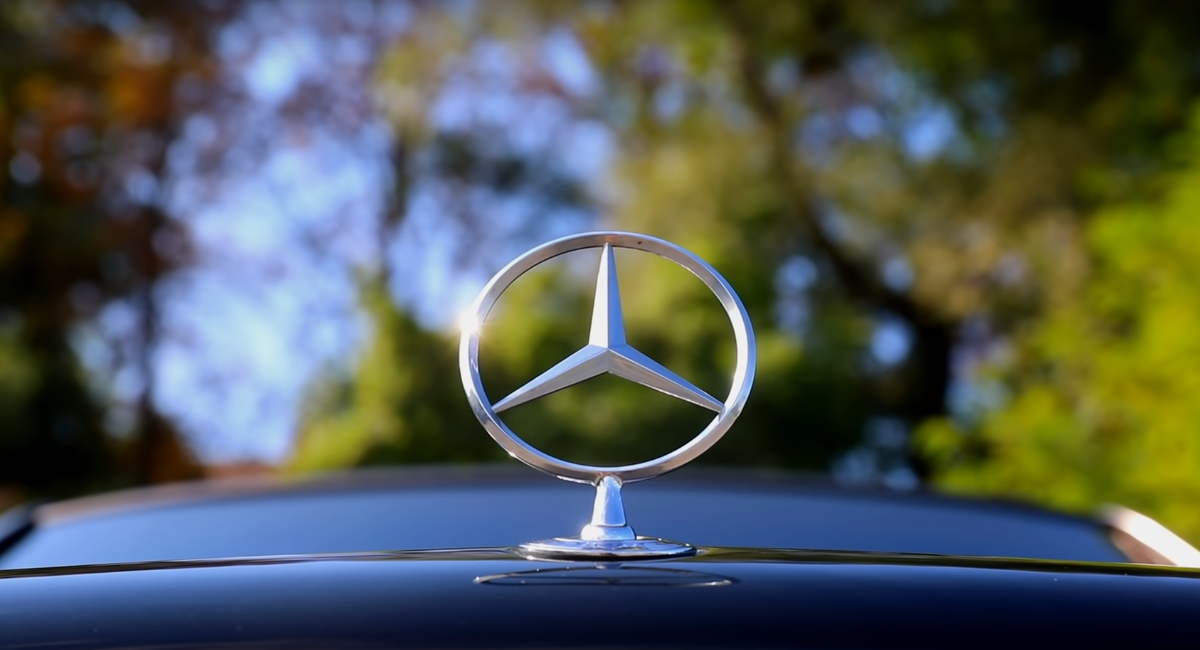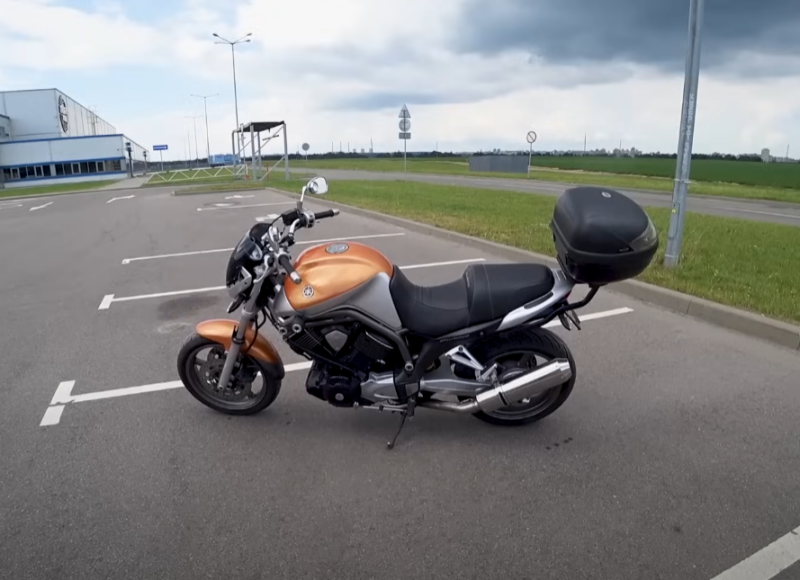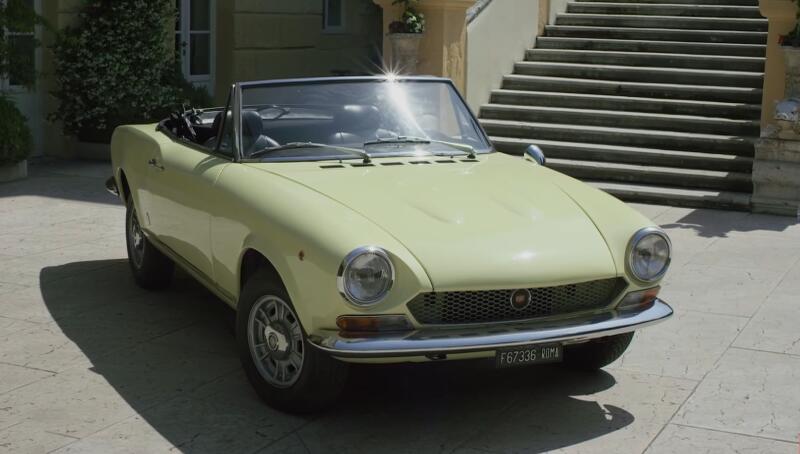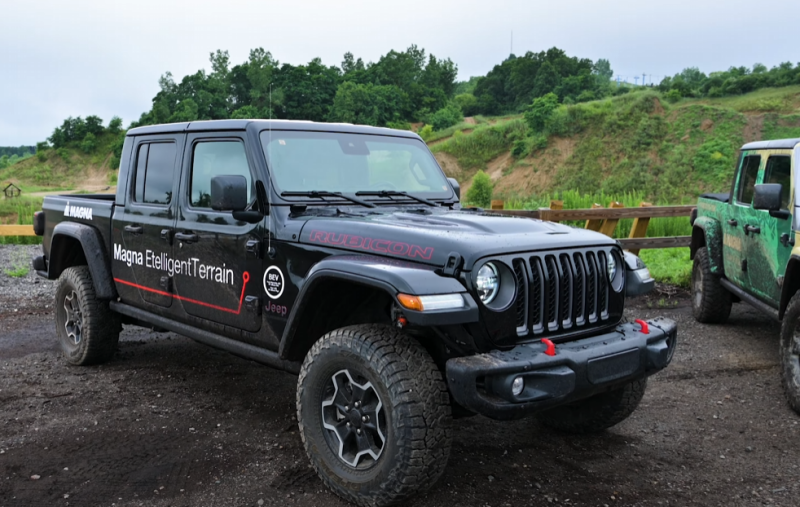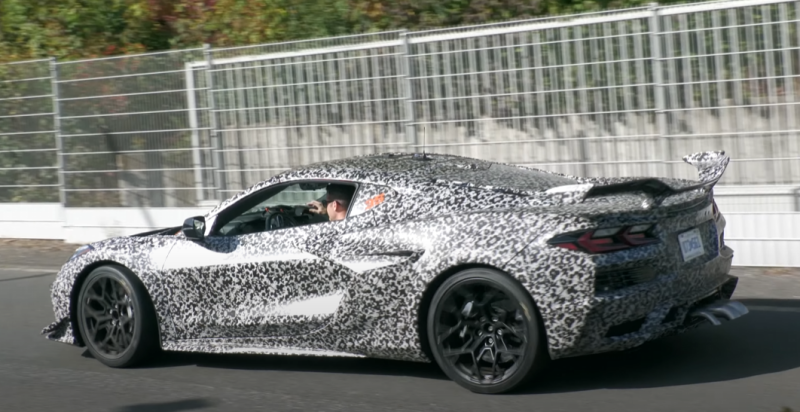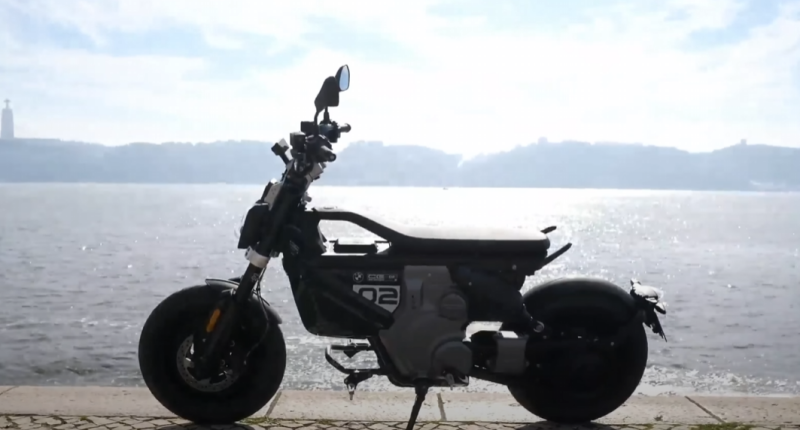What to write? How to build an article? A long-discontinued car, studied up and down. You can, of course, retell the chronology of production for the millionth time, remember all the options for bodies, engines, gearboxes, and equipment. You can place tables with technical characteristics. A simple listing of all these positions will take a couple of pages - and the article is almost ready.
 Is there a person who will say that this car is unfamiliar to him? Photo: youtube.com
Is there a person who will say that this car is unfamiliar to him? Photo: youtube.comBut after all, the "124th" is a phenomenon, this is a real era not only for the brand, but for the entire global automotive industry. This car is a legend that sets the standard. This is “the last real Mercedes”, finally. At least, many people think so.
Writing about such a machine with a calculator in hand is unfair. Emotions, feelings, memories - that's what the "124th" deserves.
I remembered that in my life I had very close contact with the “E-class” more than once and I have personal memories connected with it. Our meetings were short and long. Good and not so good. But almost always - bright!
 Mercedes W124. In just 11 years, 2,7 million cars were produced. Photo: youtube.com
Mercedes W124. In just 11 years, 2,7 million cars were produced. Photo: youtube.comAnd I decided to talk about the "124th", relying more on my personal experience of communicating with him than on third-party sources. So fans of dry statistics can immediately leave the page - there will be few numbers. And for those who really love cars, I suggest staying and reading. Perhaps someone will be interested.
The Mercedes W124 appeared in 1984, replacing the equally legendary Mercedes W123. The new car inherited almost nothing from its predecessor. The design of the E-class (although it was not called that at the time of release) was radically redrawn. When designing, they already seriously approached the issue of passive safety, so programmable deformation zones appeared on the machine. An Airbag for the driver was offered as an option. Over time, the driver's airbag became the basic equipment, and for a surcharge it was possible to order the same joy for the front passenger.
 Pre-styling cars were distinguished by a thin molding on the side and an almost complete absence of chrome in the exterior. Photo: youtube.com
Pre-styling cars were distinguished by a thin molding on the side and an almost complete absence of chrome in the exterior. Photo: youtube.comThe rear suspension has become an independent multi-link, similar to the one that was used a few years earlier on the Baby Benz model W201 and has proven itself well. By the way, the “Mercedes” five-lever not only improved handling, but also turned out to be extremely tenacious, which was appreciated first by German taxi drivers, and then by Russian owners.
On the streets of our cities (Moscow and St. Petersburg do not count) W124 could be found around the end of the 80s. With the collapse of the Union and the onset of a gangster-market economy, Mercy became incredibly popular among directors of large enterprises, bankers, businessmen and the most successful bandits.
My first acquaintance with the 124th happened in 1991. The Soviet Union was still holding out, but was already inexorably rushing into the abyss, the total deficit had reached monstrous proportions, and I suddenly felt like getting married. My parents, through some complex behind-the-scenes negotiations, achieved that at the wedding I would be driven by a real Mercedes, the “personal car” of the director of the distillery. At that time, even the theoretical limit of the dreams of the newlyweds was "The Seagull". And we were driven by the new W124! I well remember the magical effect that our "Mers" produced when we drove up to the next stopping point. All the attention of those around us rushed to us, the other newlyweds respectfully made way for us and saw us off with envious and hating glances. It was magical!
My first impressions of meeting with the W124 were incredible (as it seemed then) smoothness and all-conquering respectability.
The engine range of the “124th” during the release was so wide that I won’t even list all the options - anyway, no one will study it. I will only indicate the range - from a two-liter diesel engine with a capacity of only 72 hp. up to a six-liter petrol V8 with a herd of 385 “mares”! Exciting, right?
 Genuine leather and wood were widely used in interior trim. However, this applies only to expensive versions. In the basic configurations, the interior looked almost ascetic. Photo: youtube.com
Genuine leather and wood were widely used in interior trim. However, this applies only to expensive versions. In the basic configurations, the interior looked almost ascetic. Photo: youtube.comIn terms of equipment, the spread was no less impressive. In the simplest versions, not only was there no air conditioning, even the windows were “on the oars”! But expensive equipment could offer everything that the auto industry came up with at that time. And sometimes more. The 124th used some original solutions that made it stand out from its competitors. For example, the only windshield wiper is the W124 business card. Heated washer fluid reservoir. The mechanism of remote folding of back head restraints.
In the late 90s, the W124 got as close to me as possible - my father bought himself a 230 Mercedes 1985TE station wagon. I must say that my dad's attitude to cars was, to put it mildly, peculiar. For example, he sincerely believed that the engine oil should be changed only when it runs out. That changing filters is generally a whim of snickering majors. He also very much regretted that he had not been able to buy a diesel Merc - then it would be possible to fill it with free diesel fuel drained from ships. I did not visit my parents often, but regularly. About twice a year I became the driver of a Mercedes for a week. He desperately complained to me about the fate, I responded to these sufferings and, if I had time, carried out the MOT to Murzika. Changed oil, filters, brake pads and other small things. The father protested desperately, assuring that "he is going anyway." And indeed, despite all the bullying, the "124th" was driving. Over the years, his habits became more lax, knocks and creaks appeared, but he never got immobilized!
The second thing that struck me about the W124 is its phenomenal survivability! And let many complain that the Mercedes body does not resist corrosion well, but my father's car, which at the time of sale was already over 20 years old, has never been rotten!
 The S124 station wagon combined an elegant silhouette and remarkable cargo capabilities! Photo: youtube.com
The S124 station wagon combined an elegant silhouette and remarkable cargo capabilities! Photo: youtube.comBy the way, the letter T in the index does not mean "turbo", as many people think. So station wagons were designated, apparently, from the word "touring". The model index for the passenger-and-freight version was also different. In total, the family had five body options and each had its own designation.
- ✪ W124 - sedan. Produced from 1984 to 1995. After the debut of the successor, the famous "lupato", the assembly line for the production of "124th" went to South Africa, and from there to India. According to some reports, the production of "Murzik" for the Indian market continues to this day.
- ✪ S124 - station wagon (1985-1996). Had an amazing amount of trunk. With the rear seats folded down (in the sedan, by the way, the seats did not transform at all), we got 2200 liters of usable volume.
- ✪ C124 - two-door coupe (1987-1996). With a sedan, only the front part makes it related. The wheelbase and dimensions have decreased, all body panels, starting from the A-pillar, are original.
- ✪ A124 - a convertible appeared in 1991, lived on the assembly line until 1996. In 1993, as an option, customers began to be offered a hard removable roof.
- ✪ V124 - six-door sedan extended by 80 cm. Introduced in 1989 along with the first restyling. The main purpose of the eight-seater modification is to work at hotels, airports and taxis. There was no limousine space in the cabin, therefore, as an executive car, the V124 was rarely used.
During its conveyor life, the Mercedes W124 has gone through two upgrades. The first happened in 1989. Then the famous “foliage” appeared - a wide side molding, a headache for many owners, since this decor was very often stolen. Chrome was added to the exterior, and wood was added to the interior. Engines have become more powerful and more diverse.
 The C124 coupe formally has a hardtop body - due to the lack of a central pillar. Photo: youtube.com
The C124 coupe formally has a hardtop body - due to the lack of a central pillar. Photo: youtube.comThe second restyling happened in 1993. The shape of the hood has changed, new headlights with transparent direction indicators have appeared. In the cabin, luxury has been added again. The engine range has also expanded and added power. It was from this year that the whole family received the name "E-class". The letter "E" was now placed in front of the numbers indicating the engine size.
Here is a restyled sedan with the E320 index bought by my friend at the turn of the century. The man is not poor, but prudent. His budget could support a much more expensive and new car, but he deliberately chose the 320th E-Class. 1995 release. Having traveled a lot on this car both behind the wheel and as a passenger, I fully felt the “magic of Mercedes”. Something that, according to many, the next generations of the E-Class did not inherit. The funny thing about the car was that it didn't have... a glove compartment! His place was occupied by a passenger Airbag. Practicality has fallen victim to safety.
The 320 was very fast and very comfortable. Yes, handling was not standard when compared, for example, with the BMW 5 Series. But she was very kind! However, the E320 seemed very fast to me only until my brother let me ride on his freshly acquired E420! Eight cylinders, 279 hp, acceleration to “hundreds” in 7,2 seconds (who will be surprised by such numbers now?). Gasoline he ate like crazy, but the driving experience was amazing!
The 320 was very fast and very comfortable. Yes, handling was not standard when compared, for example, with the BMW 5 Series. But she was very kind! However, the E320 seemed very fast to me only until my brother let me ride on his freshly acquired E420! Eight cylinders, 279 hp, acceleration to “hundreds” in 7,2 seconds (who will be surprised by such numbers now?). Gasoline he ate like crazy, but the driving experience was amazing!
During the life of the W124, it acquired several interesting variations, which are worth mentioning separately.
First of all, of course - all-wheel drive versions, which bore the designation 4Matic (correctly pronounce "Firmatic", from the German vier - four). Only sedans and station wagons were equipped with all-wheel drive. Production began in 1987.
 The hood, combined with a radiator grill "like the W140" appeared after the second restyling. Photo: youtube.com
The hood, combined with a radiator grill "like the W140" appeared after the second restyling. Photo: youtube.comIn 1990, the 500E version was introduced, nicknamed "The Wolf in Sheep's Clothing". The car was equipped with a 5-liter V8 with a power of 329 hp, with which it accelerated to 100 km / h in 6,1 seconds. To install such a motor, the body required modifications, therefore, both structurally and externally, the “500th” differed from the usual W124. It is noteworthy that this monster was produced at the Porsche factory, which was going through a difficult period and was in dire need of third-party orders. By the way, it cost 500E more than the S-class with the same engine!
 Sedan E500. Wolf in sheep's clothing or millet Spinning top. Photo: youtube.com
Sedan E500. Wolf in sheep's clothing or millet Spinning top. Photo: youtube.comThe history of the "124th" can be written endlessly. Especially since it's still going on. It is enough to go outside and wait a bit - an elderly E-class will surely pass by. Yes, for the most part, the surviving cars have a very tired look, but they did not live an easy life either! Many dashed off several hundred thousand kilometers in a taxi - first in German, then in Russian. Many are really badly affected by corrosion. But they are still going and there are a lot of them! Although even the youngest has already exceeded a quarter of a century.
Maybe they are trying to prove to us that legends do not die?
